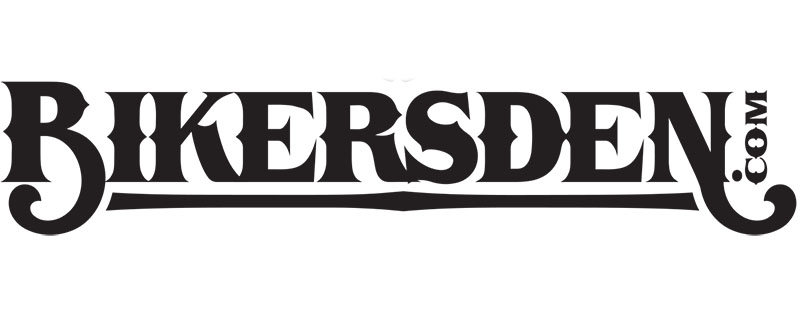Now that Fall is here and we begin our own little migration to the switchbacked mountain roads to look at leaves but really, we just want to corner aggressively and have a fun day, we need to talk about something.
Plenty of newer riders have no idea how to corner aggressively in a big V-twin. Don’t believe me? Look at the bottom of the pipes on nearly every rider’s first big bike and you’ll see evidence of it – scuffed chrome and maybe even a bent exhaust, foot pegs chewed up a little, and even, in one notable case I saw this summer, a folded license plate (admittedly, it was a custom bracket that sat low on the rear fender).
Too many new riders end up driving like Miss Daisy into corners because they don’t acknowledge that the bike they’ve moved up to weighs 200 more pounds and has a longer wheelbase. Additionally, the foot pedals are further forward on cruisers than on many bikes, and that has a tendency to throw some new riders. After all, it feels “weird” at first.
With that said, here are a few things to corner better in a bigger bike:
The sound of the foot pegs hitting asphalt is not as bad as you might think. This does mean that you are nearing the edge of the performance window. News flash – you shouldn’t be hitting them as you go into the corner, but rather, at least the halfway point. This is why you downshift! By using a lower gear, you negate the need for braking as much, thus not compressing the suspension and further reducing the clearance of the bike.
Just like we all learned when driving a car, looking where we want to the vehicle to go in a corner will take us there. On a cruiser, this means making a much wider arc with a sharper entry into the corner. The wide arc allows us to come out of the turn near the center line (but still well on our side of the line!). Keep the turns smooth so you don’t further load the suspension at the wrong time.
If you have an adjustable suspension setup, make sure the bike is riding high on it. Don’t load down with weight or, even worse, for looks. Remember that applying the brakes makes the bike sit even lower – and if that last inch is applied at the wrong time, you are in trouble. When you apply the front brakes, remember that the forks will compress in the front and the rear will extend, thus changing some geometry. Get all your braking out of the way before the bike is into the corner, then use the engine to control speed.
Speaking of controlling engine speed, remember as you accelerate, you lift the suspension. Expect to be cornering while accelerating (if only a little), so here is where gear selection is critical before you need to accelerate.
Last but not least, you need to shift your weight. No, you’re not laying a knee out there – it is a cruiser. You are, however, adjusting your body position forward and to the inside. The result will not be dramatic, but just a few pounds put into the right place will make each corner a lot more fun and give you vital inches of clearance as the suspension loads and unloads based on where you physically are on the bike.
Now, that’s not “it” – you can’t teach feel, and these maneuvers are very much about feel. What this can do is to give those riders who are using straight-lining it a better chance to handle those beautiful country roads bathed in Fall foliage. No matter what you do, paying attention is the first step on any ride.
Keep the shiny side up!
